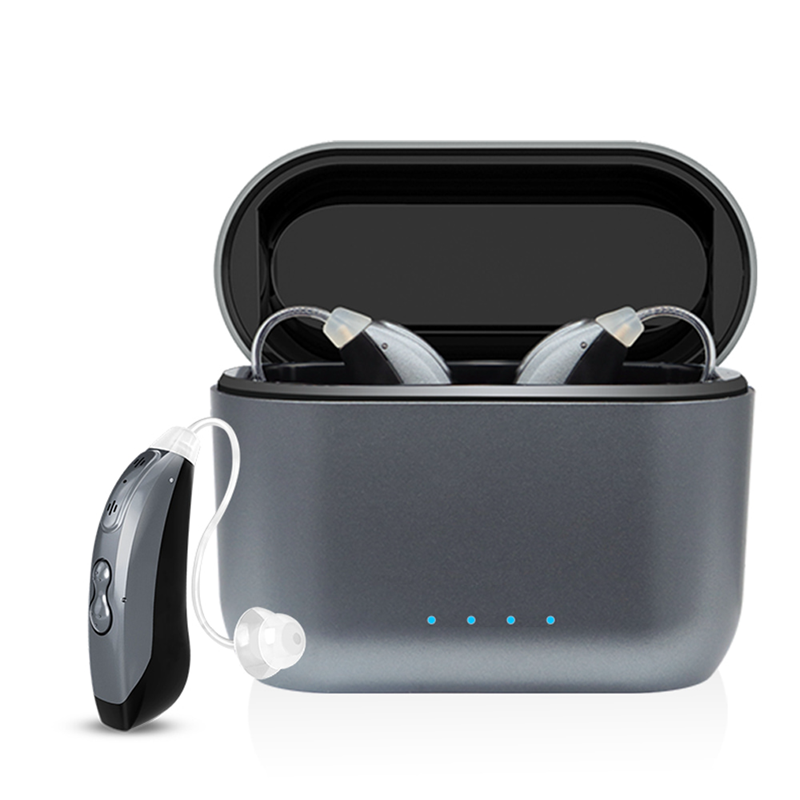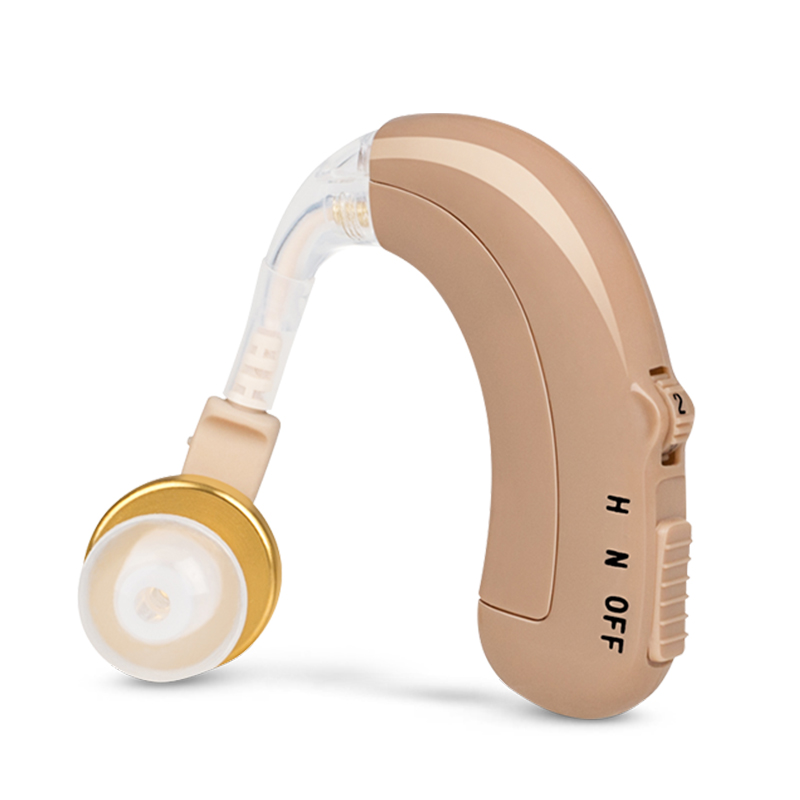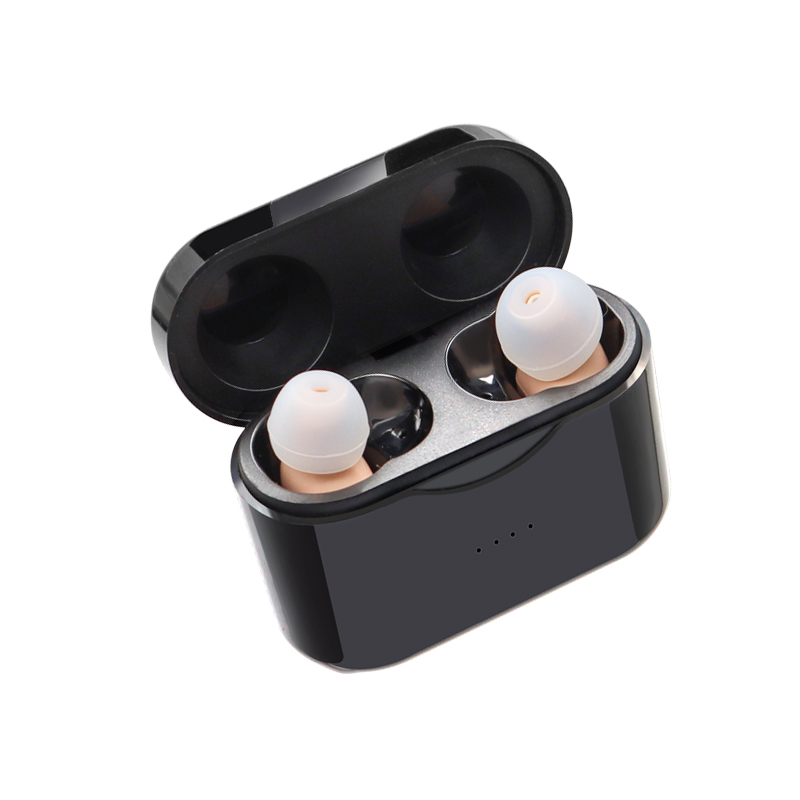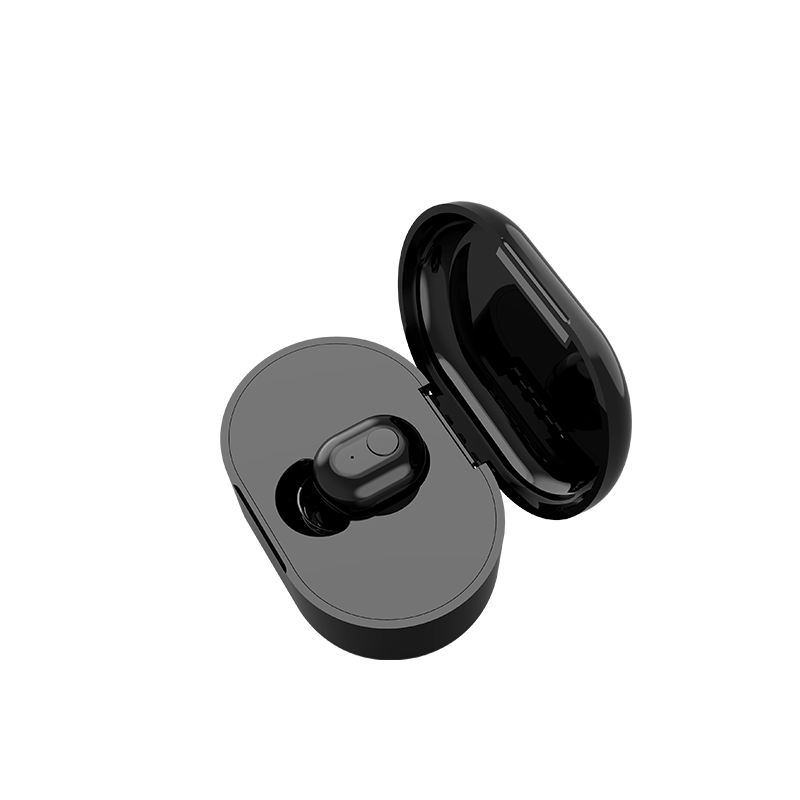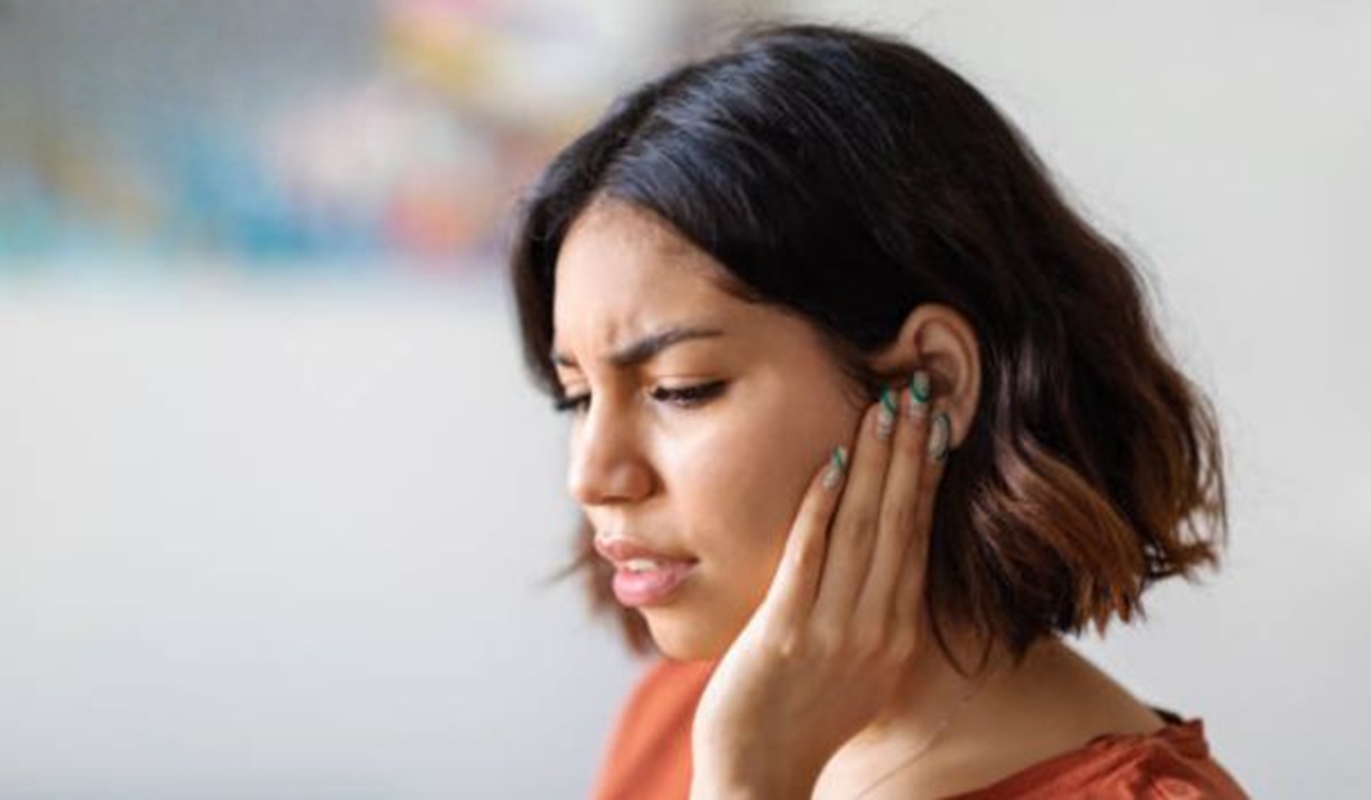Key Takeaways
Earwax (cerumen) is natural and protective, but buildup can lead to blockage and hearing problems.
Safe removal methods include irrigation kits and softening drops—avoid Q-tips or sharp tools.
If symptoms persist, professional removal by a hearing specialist is recommended.
What Is Earwax and Why Do We Have It?
Earwax, medically known as cerumen, is a naturally occurring substance produced by glands in the ear canal. While often viewed as unpleasant, earwax is actually an important part of your ear’s self-cleaning system. It traps dust, dead skin, and microorganisms, keeping them from reaching the eardrum. It also moisturizes the skin inside your ear and helps prevent infections.
The consistency and amount of earwax vary by individual, depending on factors like age, environment, diet, and genetics. For most people, it exits the ear canal on its own. But when the process is disrupted, earwax can build up and create problems.
What Causes Earwax Blockage?
Under normal circumstances, earwax gradually migrates outward as you chew and move your jaw. However, certain behaviors and physical factors can interrupt this process, leading to buildup. Once earwax becomes impacted, it can block the ear canal and interfere with hearing.
Here are some common causes of earwax blockage:
Cotton swabs and hairpins: Instead of removing wax, these often push it deeper into the canal.
Hearing aids and earbuds: Devices that sit in the ear can trap wax and prevent it from moving outward.
Narrow or uniquely shaped ear canals: These can make it harder for wax to exit naturally.
Aging: As people get older, their earwax tends to become drier and harder.
Skin conditions: Eczema or psoriasis can increase wax production or change its consistency.
Symptoms of Earwax Blockage
Impacted earwax can be uncomfortable and may mimic other ear conditions. Recognizing the symptoms can help you determine whether earwax might be the cause of your issues.
Common signs of earwax blockage include:
Reduced or muffled hearing
A feeling of fullness or pressure in the ear
Tinnitus (ringing or buzzing)
Dizziness or problems with balance
Coughing caused by nerve stimulation
Itching or mild pain in the ear canal
If you experience any of these symptoms suddenly or alongside fever, drainage, or bleeding, it’s important to see a healthcare provider to rule out infection or other conditions.
How to Safely Remove Earwax at Home
Most ears don’t need regular cleaning. But for those who produce excess wax or wear hearing aids, gentle at-home treatments may help restore comfort and hearing. It’s critical to avoid anything that could damage the ear canal or eardrum.
Before trying any removal method, make sure you don’t have a perforated eardrum, ear tubes, or an active ear infection.
Types of Safe Earwax Removal Products
The most effective home options use moisture or softeners to break down wax so it can exit naturally. These include:
Over-the-counter ear dropsProducts containing carbamide peroxide or saline help soften hardened wax.
Warm water irrigationUsing a rubber bulb syringe, flush the ear with lukewarm (not hot) water. Tilt your head afterward to let water drain out.
Earwax removal kitsThese kits often combine drops and an irrigation tool. They’re designed to make ear cleaning easy and safe.
When choosing a product, consider ease of use, sensitivity, and whether you’re prone to frequent buildup. Here's a comparison of common options:
Debrox: Widely available, includes drops and a bulb syringe.
Doctor Easy Elephant Ear Washer: Designed by physicians, includes disposable tips.
Wush or Wax Blaster MD: Rechargeable irrigators suited for regular users.
Always follow the product instructions. If you feel pain, stop immediately and consult a professional.
What Not to Do When Cleaning Ears
Despite popular belief, cotton swabs should never be inserted into the ear canal. They often push wax deeper and increase the risk of injury or impaction.
Other practices to avoid:
Ear candling: Studies have shown this is ineffective and may lead to burns or eardrum damage.
Sharp objects: Pins, tweezers, or fingernails can scratch the canal or puncture the eardrum.
Frequent hydrogen peroxide use: Though it softens wax, repeated exposure may irritate sensitive ear tissues.
When to See a Professional
If symptoms persist despite home treatment, or if you notice pain, discharge, or hearing loss, it’s time to consult a healthcare provider. Professionals like audiologists, ENTs, and some primary care doctors can safely remove wax using:
Curettes (manual tools for gentle scooping)
Microsuction (a vacuum-like device)
Irrigation with sterile saline
These procedures are usually quick and painless when done by a trained provider.
Hearing Aids and Earwax
People who wear hearing aids or earbuds often deal with more earwax than others. The device can block natural wax migration and create a warm environment that increases wax production.
Tips for managing wax if you use hearing aids:
Clean your devices daily with a dry cloth and brush.
Replace wax guards regularly (often every 4–6 weeks).
Ask your audiologist to inspect your ears during regular appointments.
If your hearing aids sound distorted or stop working, wax buildup might be the cause.
Find the Hearing Aid That's Right For You
What Your Earwax Says About You
Earwax can vary in color, texture, and even smell—these differences can sometimes offer clues about your health or genetics.
Color: Light yellow is typical. Darker wax usually means it's older. Reddish wax could mean minor bleeding.
Odor: A strong smell might indicate an ear infection.
Health conditions like diabetes can also affect earwax composition, making it less acidic and more prone to bacterial growth.
Prevention Tips for Earwax Blockage
While you can’t control how much wax your ears produce, you can reduce the risk of buildup by taking a few preventive steps:
Let warm water run over your outer ears in the shower—no need to insert water.
Wipe only the outside of your ears with a soft, damp cloth.
Avoid inserting anything into your ear canal.
Clean hearing aids regularly and check for wax accumulation.
Schedule hearing checkups, especially if you're over 60 or wear hearing devices.
FAQs About Earwax Blockage
How do I know if I have earwax blockage?You may notice muffled hearing, fullness in the ear, or ringing sounds. A hearing specialist can confirm if wax is the cause with a simple exam.
Is it safe to use cotton swabs?No. Cotton swabs often push wax deeper and can damage the ear canal or eardrum.
Can earwax cause hearing loss?Yes. Impacted wax can block sound and reduce hearing. This type of hearing loss is usually temporary and resolves after wax removal.
How often should I clean my ears?Most people don’t need to clean their ears at all. Only clean them if you notice symptoms or your hearing care provider advises you to.
What should I do if home remedies don’t work?If wax doesn’t come out with drops or irrigation, consult a healthcare provider for safe, professional removal.
If you're unsure whether earwax is affecting your hearing or interfering with your hearing aids, Audicus is here to help. Our team can guide you toward the right hearing solutions and connect you with care when you need it.
Find the Hearing Aid That's Right For You
The above is the interpretation of How to Unclog a Blocked Ear at Home? provided by Chinese hearing aid supplier Shenrui Medical. Link https://www.srmcm.com/Blog/How_to_Unclog_a_Blocked_Ear_at_Home.html of this article is welcome to share and forward. For more hearing aid related information, please visit Blog or take a look at our Hearing aids products


